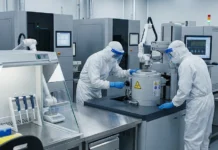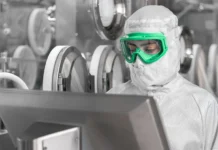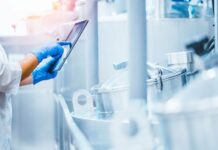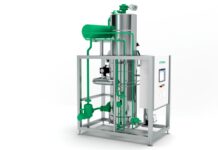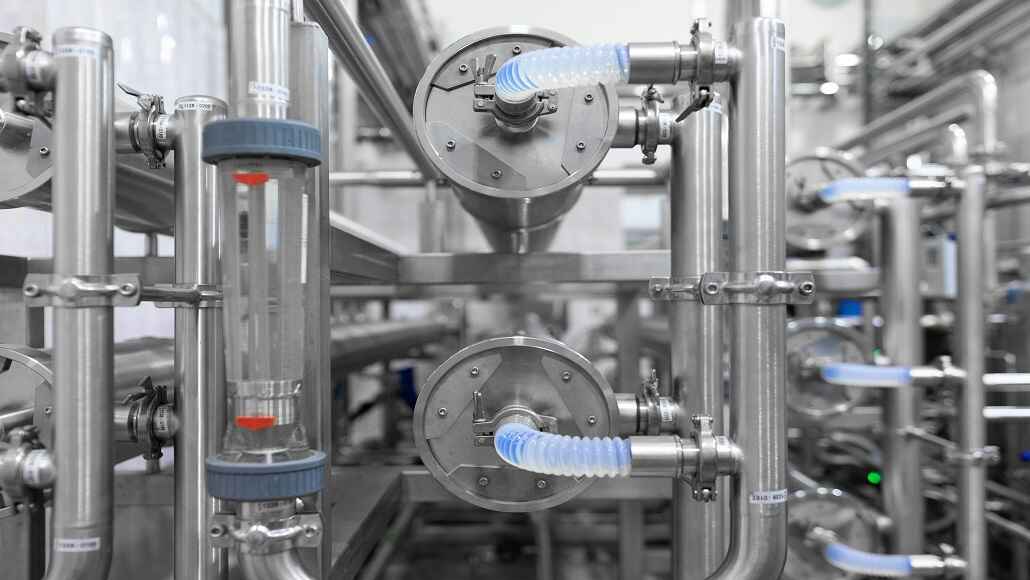Transitioning from Batch to Continuous Bioprocessing: A Paradigm Shift in Biopharmaceutical Manufacturing
TThe biopharmaceutical industry is undergoing a paradigm shift from traditional batch production to continuous bioprocessing, driven by advances in continuous bioprocessing equipment. The shift is driven by the increasing need for efficiency, scalability, and affordability in the manufacture of next-generation biologics and treatments. Moving to continuous bioprocessing could change how the industry makes things. Companies will be able to make better biologics for less money and with better control.
Continuous bioprocessing equipment, including advanced fluid handling tools like high-precision pumps, valves, and sensors, forms the backbone of this shift. These technologies allow for consistent, dependable, and accurate fluid transfer throughout the bioprocessing process. They are the building blocks of continuous manufacturing.
The Limitations of Batch Processing
Batch processing has historically been the gold standard of biopharmaceuticals, whereby biologics are manufactured in discrete, well-defined steps. Though effective, batch processing has a number of disadvantages, including lengthy production time, increased expense, and greater risks of contamination or variation. Each step in batch processing tends to entail shutdown of production for sanitizing, sterilizing, and validating equipment, squandering time and resources.
Batch processing is by nature rigid, especially for biologics that demand precision and bespoke processing, i.e., biosimilars, mAbs, and cell/gene therapies. The very fact that the plant must shut down and restart frequently makes scaling to meet rising demand or accommodate new product lines a significant issue.
Continuous Manufacturing: A Seamless Bioprocessing Model
Continuous bioprocessing eliminates much inefficiency built into batch processing by integrating all of the steps of production into a single unbroken flow. This allows biologics to be continuously passed from upstream cell culture through downstream purification and final formulation. The outcome is lower time to production, lower cost, and enhanced product quality through real-time monitoring and control.
The most critical enabler of continuous manufacturing is advanced fluid handling equipment, in which unbroken flow of fluids such as media, buffers, and feedstocks is achievable. Pumps, valves, and sensors enable strict control of flow rates, pressures, and volumes, with homogeneity throughout the bioprocess. High-performance diaphragm pumps, for example, are able to handle sensitive biologic materials without exposing them to shear forces, maintaining protein and cell structures.
Moreover, continuous processes allow in-line monitoring of critical parameters such as pH, conductivity, and dissolved oxygen level in real time. This aspect allows manufacturers to identify and correct deviations in real time, reducing the likelihood of rejected batches and increasing overall efficiency.
The Role of Fluid Handling Systems in Continuous Processes
Fluid handling systems are central to the success of continuous bioprocessing models. Such systems are engineered to manage complex workflows that need to be controlled and kept in a sterile condition. Peristaltic pumps, diaphragm pumps, and single-use assemblies are some of the most important components.
- Peristaltic Pumps: Peristaltic pumps are also widely used in continuous bioprocessing because they can provide precise flow rates with minimal risk of contamination. Peristaltic pumps work by squeezing a flexible tube to move fluids, with the fluid never actually touching the pump mechanism. This reduces the risk of contamination and cleanliness requirements, making them ideal for continuous use.
- Diaphragm Pumps: Diaphragm pumps are particularly appropriate for the processing of biologic fluids due to the gentle action of the pumps, which will not cause the breakdown of cells and proteins. Diaphragm pumps provide stable flow rates and easy inline monitor system integration in continuous processing.
- Single-Use Assemblies: Single-use fluid handling systems are a common feature of continuous bioprocessing today. Disposables, pre-sterilized components replace cleaning and sterilization, allowing continuous production. Single-use assemblies also enable modular bioprocessing configurations, with the potential to scale up or change products in a matter of days.
Advantages of Continuous Bioprocessing
The benefits of continuous bioprocessing extend beyond efficiency to include enhanced product quality, reduced environmental impact, and cost reduction. By eliminating the downtime of batch processing, continuous models maximize productivity and operational efficiency. Manufacturers can achieve greater rates of output while reducing labor and resource consumption.
Continuous processes also provide more control over product quality. Inline analytics and real-time monitoring offer immediate feedback on important quality characteristics (CQAs), enabling proactive adjustment. This ability decreases variability dramatically and provides consistent product performance.
Environmentally, steady-state bioprocessing minimizes waste and resource consumption. Use of single-use systems also minimizes water and energy consumption by removing the need for cleaning. In total, these conditions result in a more environmentally friendly manufacturing process that is consistent with industry efforts aimed at reducing its footprint.
Challenges and the Road Ahead
Though it is worth it, continuous bioprocessing adoption comes with risks. A major obstacle is the amount of sophisticated infrastructure and skilled workers that would be required. To introduce continuous processes, an enormous amount of investment in automated systems, sensors, and liquid handling equipment would be needed. Additionally, regulatory environments for continuous manufacturing are still under development, with manufacturers having to navigate uncertainty in making this transition.
However, benefits of continuous bioprocessing far exceed such challenges. Industry players are looking more and more at its potential to transform biopharmaceutical manufacturing, with a number of players funding pilot programs and mass deployment. Continuous technological advancements in fluid handling technologies, together with regulatory assurance and industry collaboration, will prove key to driving widespread adoption.



